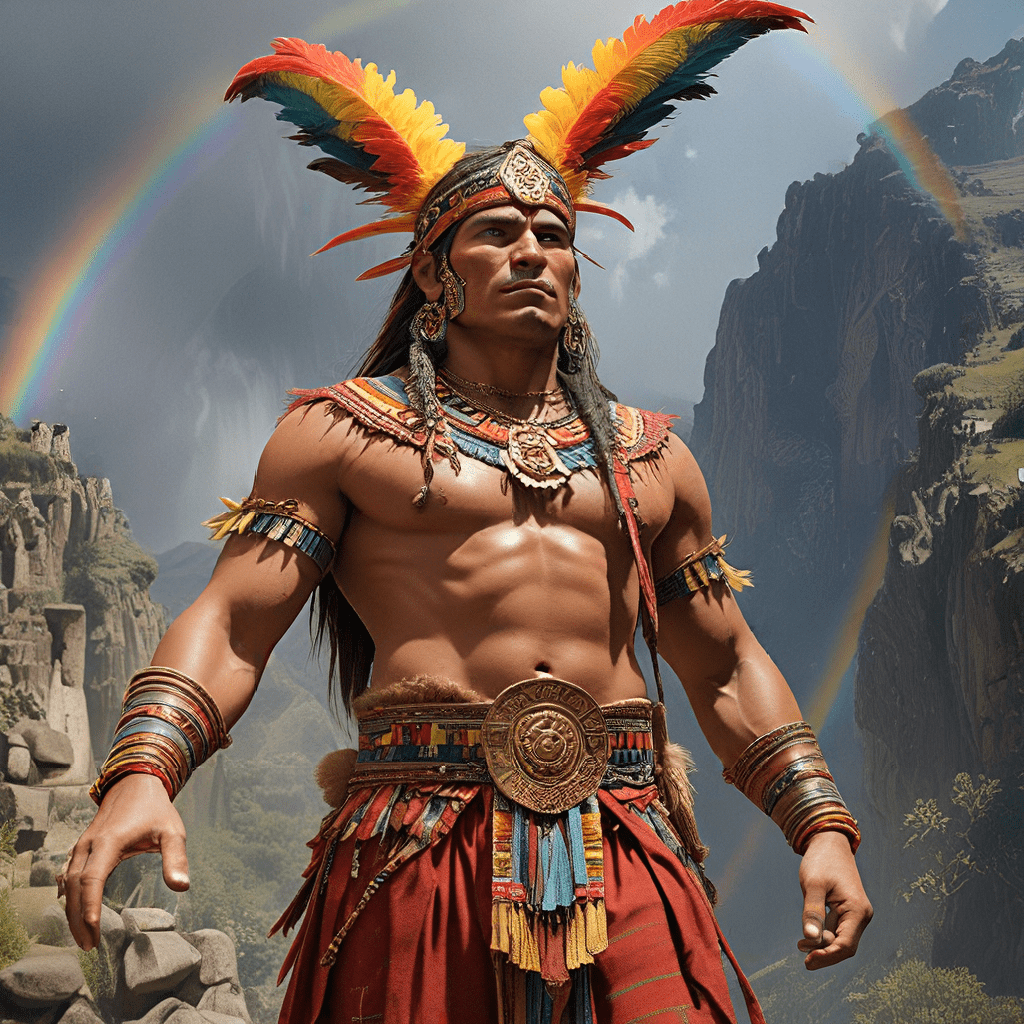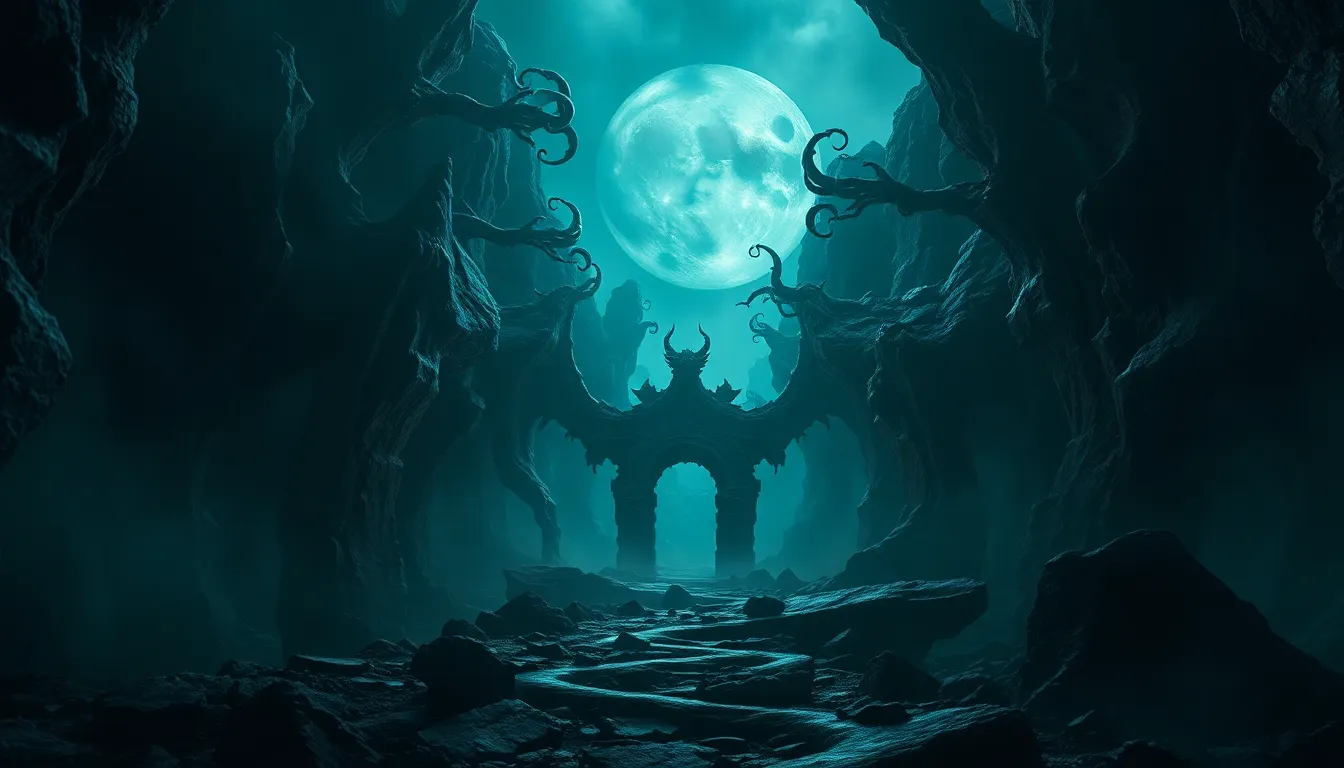The Deathless and the Future: The Legacy of Koschei in the Future of Slavic Culture
I. Introduction
Koschei the Deathless is a prominent figure in Slavic mythology, embodying themes of immortality, evil, and the eternal struggle between good and evil. Often depicted as a powerful sorcerer or a malevolent spirit, Koschei has captured the imagination of many through centuries of storytelling. His legend continues to resonate in contemporary culture, making it essential to explore his legacy and its implications for modern Slavic identity.
This article aims to delve into the multifaceted legacy of Koschei, examining his role in folklore, cultural significance, modern interpretations, and the impact of technology on his narrative. By understanding Koschei’s enduring influence, we can appreciate the richness of Slavic mythology and its relevance in today’s world.
II. Koschei in Slavic Folklore
A. Origins and characteristics of Koschei
Koschei the Deathless is believed to have originated in the oral traditions of the Eastern Slavic peoples. His name, derived from the word “koshchey,” signifies something bony or skeletal, reflecting his often emaciated appearance. Koschei is characterized by his cunning, magical abilities, and a profound connection to death, which he subverts through his immortality.
B. Common narratives involving Koschei
Many tales featuring Koschei revolve around his conflicts with heroes, often involving quests to rescue a kidnapped princess or to retrieve a magical object. These narratives typically follow a similar structure:
- The hero encounters Koschei and learns of his evil deeds.
- The hero embarks on a perilous journey to confront Koschei.
- A climactic battle ensues, often involving clever tricks or magical assistance.
- The hero ultimately triumphs, restoring balance and order.
C. Symbolism of deathlessness and immortality
Koschei’s deathlessness represents a complex relationship with mortality and the afterlife in Slavic culture. His immortality is not a blessing but a curse, reflecting the fear of death and the unknown. The quest to defeat Koschei often symbolizes the struggle against despair, representing the human desire to overcome life’s inevitable end.
III. The Cultural Significance of Koschei
A. Representation of evil and the archetype of the antagonist
Koschei serves as a quintessential antagonist in Slavic folklore, representing the darker aspects of human nature. His character embodies various forms of evil, including greed, lust for power, and the desire for control over life and death. This portrayal allows for a deeper exploration of morality in Slavic tales.
B. Koschei as a reflection of societal fears and values
The narratives involving Koschei often mirror the fears and values of the societies that produced them. His character can be seen as a reflection of historical struggles, such as invasions, tyranny, and the fight for freedom. These stories provide insight into the cultural psyche of the Slavic peoples and their resilience in the face of adversity.
C. Role in the moral lessons of Slavic tales
Koschei’s stories frequently convey moral lessons about bravery, sacrifice, and the triumph of good over evil. Through the hero’s journey, audiences learn about the importance of courage and wisdom when confronting malevolence. These lessons continue to resonate with contemporary readers and audiences.
IV. Modern Interpretations of Koschei
A. Adaptations in literature and art
In recent years, Koschei has been reimagined in various literary and artistic forms. Authors and artists have explored his character through:
- Novels that delve into his backstory and motivations.
- Graphic novels that visualize his fantastical nature.
- Fine art that captures the essence of his duality.
B. Koschei in film and television
Koschei has also appeared in film and television, often as a central villain. These adaptations have introduced him to new audiences, showcasing his complexity and the rich narratives surrounding him. Notable appearances include:
- Animated features that reinterpret his story for children.
- Live-action films that explore darker themes of power and mortality.
C. The influence of modern media on the perception of Koschei
Modern media has shaped the perception of Koschei, transforming him from a mere antagonist to a nuanced character. This evolution reflects broader societal changes in understanding villainy and morality, allowing for a more empathetic exploration of characters traditionally seen as evil.
V. The Role of Koschei in Contemporary Slavic Identity
A. How Koschei embodies cultural resilience
Koschei’s enduring presence in modern storytelling highlights the resilience of Slavic culture. His narratives serve as reminders of the struggles faced by Slavic peoples throughout history and the strength required to overcome them.
B. The resurgence of interest in Slavic mythology
There has been a growing interest in Slavic mythology and folklore among contemporary audiences, as people seek to reconnect with their cultural heritage. Koschei’s stories play a pivotal role in this revival, inspiring new generations to explore their roots.
C. Koschei as a symbol of national identity and pride
For many Slavic nations, Koschei has become a symbol of national identity and pride. His tales reflect the unique cultural heritage of the Slavic peoples, fostering a sense of belonging and continuity in an ever-changing world.
VI. Future Directions: Koschei’s Legacy in Popular Culture
A. Potential influences on future storytelling
As storytelling continues to evolve, Koschei’s character may influence new narratives that explore themes of immortality and the human condition. Future stories may delve deeper into his motivations, presenting him as a more relatable figure.
B. The blending of traditional and modern narratives
The intersection of traditional folklore and modern storytelling techniques will likely lead to innovative interpretations of Koschei. This blending can enrich the narrative landscape, making ancient stories relevant to contemporary audiences.
C. Koschei as a figure in global pop culture
Koschei’s legacy may extend beyond Slavic culture as global pop culture continues to embrace diverse mythologies. His character could find new life in various forms, from video games to international films, promoting cross-cultural dialogue and understanding.
VII. The Impact of Technology on Koschei’s Narrative
A. Digital storytelling and its role in preserving mythology
Digital storytelling platforms have become vital in preserving and disseminating myths like that of Koschei. These platforms enable creators to share their interpretations widely, ensuring that these stories remain vibrant in the digital age.
B. Interactive media and the reimagining of Koschei
Interactive media, including video games and virtual reality experiences, offer unique opportunities to explore Koschei’s narrative. Players can engage with his story, making choices that impact the outcome and deepening their connection to the myth.
C. The implications of virtual reality in cultural heritage
Virtual reality technology holds the potential to immerse individuals in Slavic folklore, allowing them to experience Koschei’s world in a profoundly engaging way. This innovative approach could revolutionize the way cultural narratives are shared and experienced.
VIII. Conclusion
Koschei the Deathless remains a powerful symbol in Slavic mythology, representing the complexities of life, death, and the moral lessons woven into the cultural tapestry of the Slavic peoples. His enduring legacy highlights the importance of cultural narratives in shaping identity and values.
As we move forward, it is crucial to embrace and reinterpret Slavic folklore in modern contexts, ensuring that figures like Koschei continue to inspire and educate future generations. By doing so, we not only preserve our cultural heritage but also enrich the global storytelling landscape.



